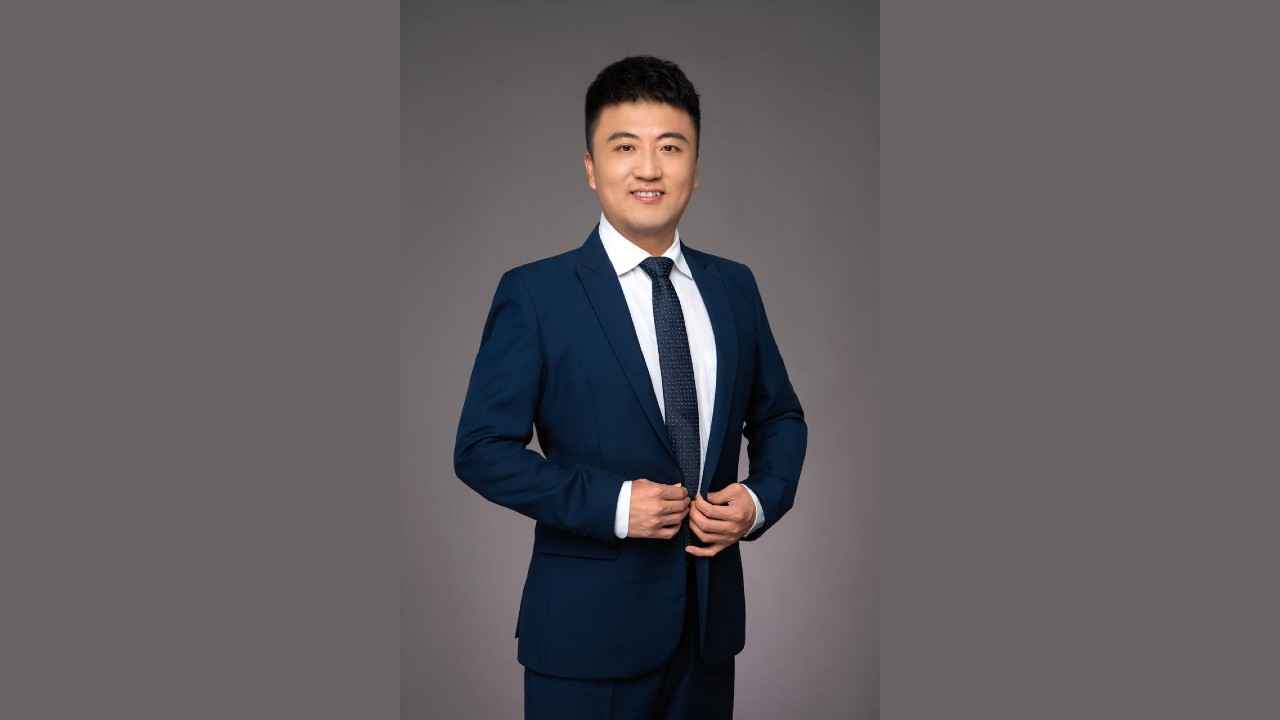Lynn Wang, CEO of TP-Link Technologies talks about the future of router technology and the needs of the consumer

We're celebrating our 20th birthday this month, and we've invited industry experts, researchers and scientists to write in and paint a vision of the future, 20 years from now. Here's what Lynn Wang, CEO of TP-Link Technologies had to share about his vision of the future
 Survey
SurveyHow technology will change your field.
Router manufacturing technologies have evolved and come a long way, routers have been redefined to respond to the ever-changing demands of connectivity and the latest advancements in the field of technology. Routers will experience significant changes as consumers continue to incline towards digitisation and the Internet of Things (IoT) becoming a part of our daily needs. Research is being conducted to determine better router designs with robust hardware enabling high speed and stable connectivity with increased speed of output queues.
How will tech revolutionise the way your product/service is delivered to the end consumer?
Consumers are demanding better experiences of every kind. As consumers experiments with the online variations that promise new modes of product discovery and acquisition, the channel market holds fast to the tried-and-true channels that have become engrained in their routines.
The future of consumer buying is not a shift from traditional to digital, nor is it an abandonment of self-service in favour of delivery, consumers want values-based experiences, experimentation, price, and convenience. The most successful forthcoming innovations will yield new products, services, and delivery models that cater to all consumer motivations at once. As consumer-facing businesses enter the most frenzied phase of innovation, they have experienced, they must study the data to empower them to reinvent their engines of growth to achieve success in the B2C market.
How will the needs of the consumer change?
Consumer needs change over time as a result of knowledge up-gradation, priorities, and technological improvements. One common trend is the need for convenience. Businesses have had to alter new or existing products to suit the customer's need.
Modern consumers always carry an endless source of real-time information in their pockets ie. their smartphones. This is “real-time information predicts potential buyers will always find the best deal available in a real-time scenario.
How will the consumer themselves change?
The future is not just somewhere we dive into but is something that we create. This means that institutions, organisations and individuals play an active part in determining the direction of consumers through their actions and choices. The pace of consumer behaviour change has already shifted gears, and we will see the most dramatic transformation of how consumers make their purchases. Social media is already causing a global paradigm shift, influencing people’s habits and behaviour using the latest technological advancements.
Consumer behaviour could be influenced by multiple aspects including personal preferences, economic conditions, purchasing power, socio-cultural groups. All these factors contribute majorly towards a consumer’s behaviour, and the characteristics that define a customer will change as her/his life changes. The consumers would adapt according to these factors which would bring about a change in their buying decisions.
Most significant technology advancements and what that will mean for your company.
We are looking towards tremendous growth in the fields of Internet of Things (IoT) devices and business networking, which helps customers embrace the trends of connecting almost everything. We believe the combination of advanced technology and continual innovation in every iteration will contribute to a smart future.
IoT comprises objects, often electronics and sensors, that are identifiable and can communicate with each other and exchange data via the Internet and cloud solutions. The Internet and mobile phones initially were used to just let people communicate with each other at any time and place, but now seemingly almost every object is part of this combination. With the emergence of the Internet of Things, it is possible for anything, like light bulbs and cars, to be connected to a network and exchange data. IoT is opening the door to opportunities that entail more than just the improvement and digitalisation of individual processes.
And anything under the sun you want to talk about as the future of your field.
TP-Link has developed WiFi 6E devices with an additional 6 GHz band. WiFi 6E works with the same standard as WiFi 6 but with an extended-spectrum, 6 GHz is the new frequency band ranging from 5.925 GHz to 7.125 GHz, allowing up to 1,200 MHz of additional spectrum. Access to the 6 GHz frequency brings more bandwidth, faster speeds, and lower latency, opening up resources for future innovations like AR/VR, 8K streaming and more.
We have also developed the AI-Driven Mesh Technology, using this technology the Deco X90 automatically learns the network environment, client quality, and user behaviours connected on your home network and with sophisticated, multi-factored algorithms. The AI-Driven Mesh technology identifies the WiFi network usage, understands the network usage and customises the network unique to your home network requirements. We are looking forward to a challenging future and adapting ourselves to be at the forefront.
– By Mr Lynn Wang, CEO, TP-Link India Pvt Ltd.
To read what other industry leaders and experts have to say about the future in their respective fields, visit our 20th Anniversary Microsite
Industry leader
Contributions from industry leaders and visionaries on trends, disruptions and advancements that they predict for the future View Full Profile